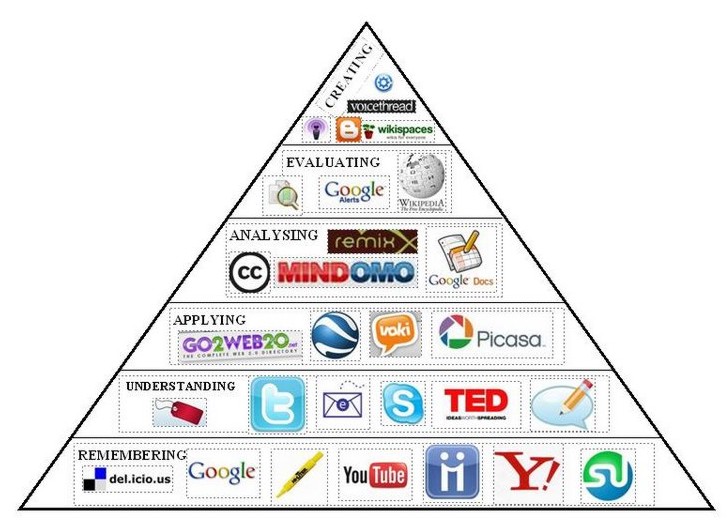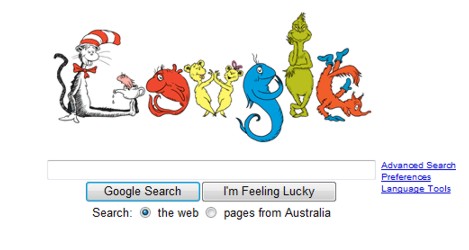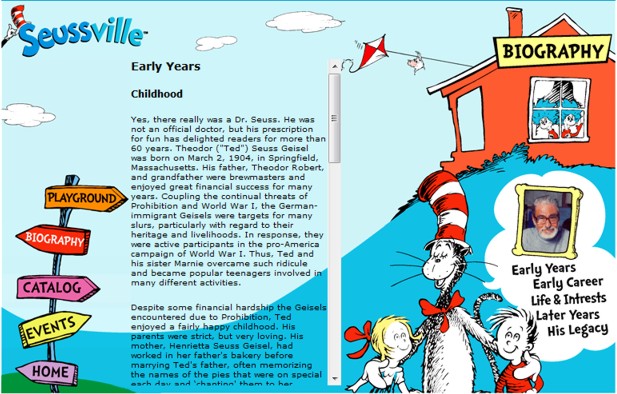Still in Twitter mode, I’d like to share the teacher’s guide to Twitter by Kate Klingensmith on her blog Once a teacher.
Kate’s post answers those who question whether Twitter is worth the effort – and perhaps all of us have been there. I was certainly there not long ago, and am still expanding my Twitterverse.
Most people start off in a rocky relationship with Twitter. It doesn’t seem to be as easy or as useful as everyone has said, it takes awhile before you find your niche, and there is an overwhelming amount of information to deal with. But, just hang on – it’ll be worth it!!!
Kate links to Mark Marshall’s post ‘Twitter: what is it , and why would I use it?’ Mark explores how to get started, why you would want to share stuff with strangers, and how to get followers in order to make Twitter a meaningful experience. After all, there’s nothing sadder than a Twitter account with only a handful of followers.
Kate also posts useful information, such as how to manage your life on Twitter, how to control all that information, and favourite Twitter-related tools, and Twitter links.
Finding people to follow is initially problematic. Kate helps out by sharing directories of educators and professionals on Twitter, or suggesting that people use the Twitter Grader keyboard search, or Twitterholic.
I found Kate’s advice about keeping up with the everflowing or even overflowing Twitterstream very helpful (since at times it’s like trying to keep up with the treadmill without falling over
You’re standing on the bank, enjoying the stream as it passes, but you can’t worry about enjoyoing every drop of water that’s there. Don’t worry about the tweets you missed – I promise that there are always, currently, very interesting things to read. But – it is nice to catch up sometimes by browsing old tweets on peoples’ profile pages.
Also useful are the links to shorten urls, such as tinyurl and fun symbols you can use in your tweets. It’s all part of the Twitter grammar and vocabulary.
My favourite section of Kate’s post, however, is the one that links to her favourite Twitter-related tools. Tweetdeck is a more attractive and organised way of receiving tweets; Retweetlist tells you who’s hot on Twitter; and my favourite for today – Twistori, where you can search tweets that start with ‘I love; hate; think; believe; feel; wish.
I wish that I could twitter about something other than food today, but I’m so hungry now;
I love the way the brain cell finally gets up when the body has already begun the day
I hate chasing the clock
Okay, that’s enough reblogging. Here’s where I discovered this fantastic post – on Top 100 Edu Tweeters, which has been revised recently, I’m sure.
Thanks to @Elizabeth Koh for the Top 100 link.






